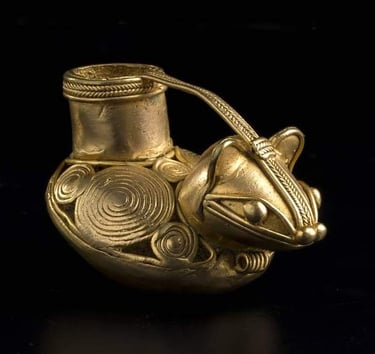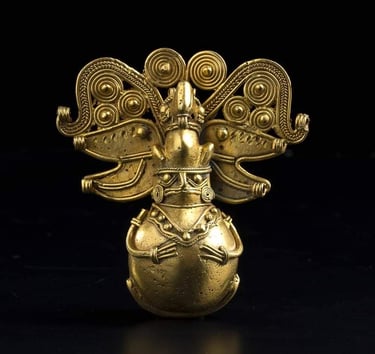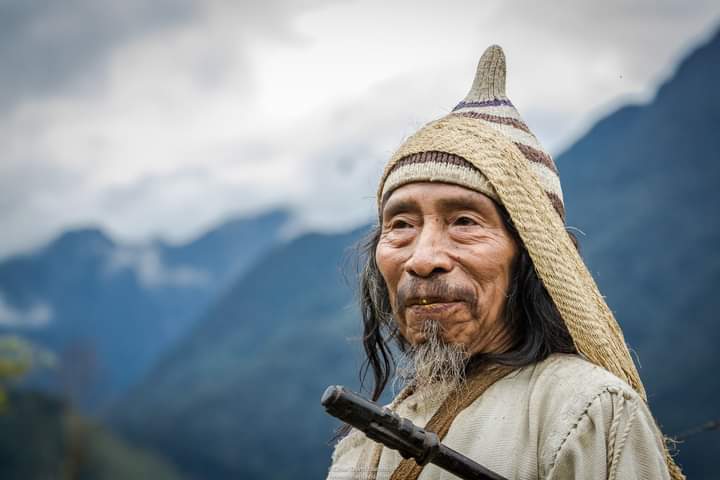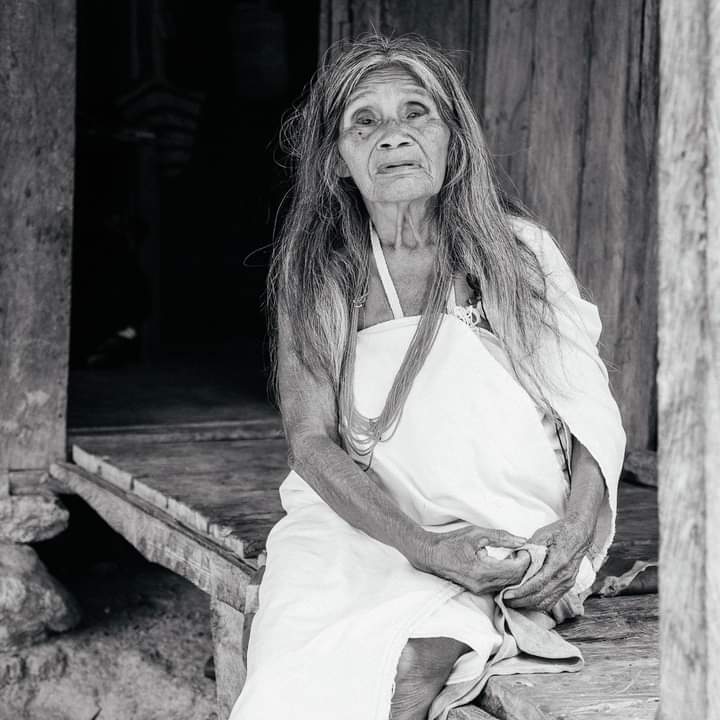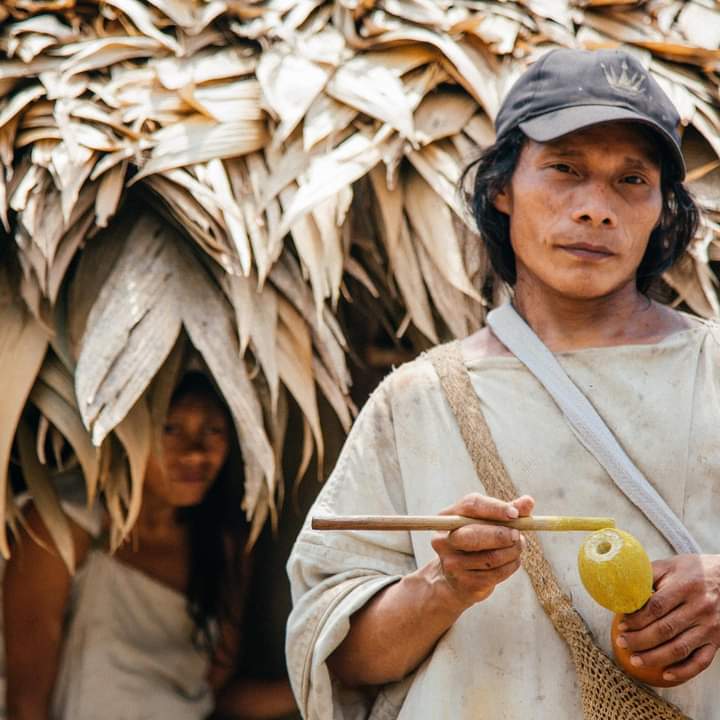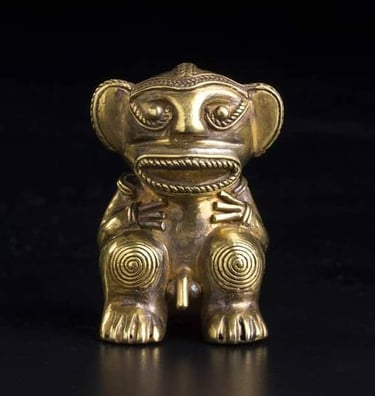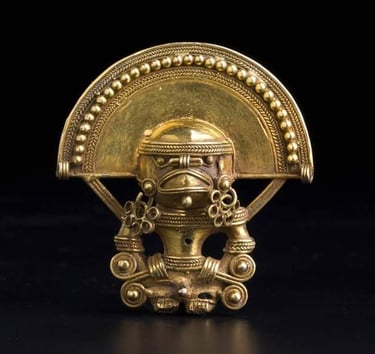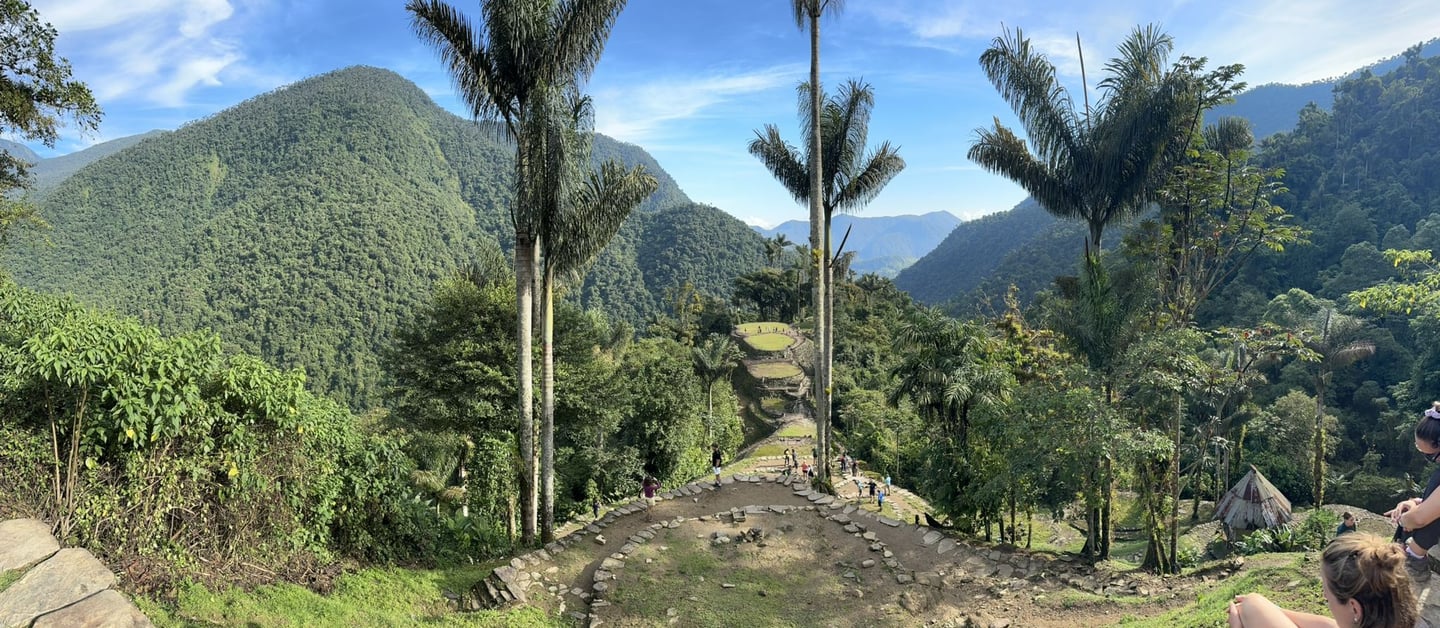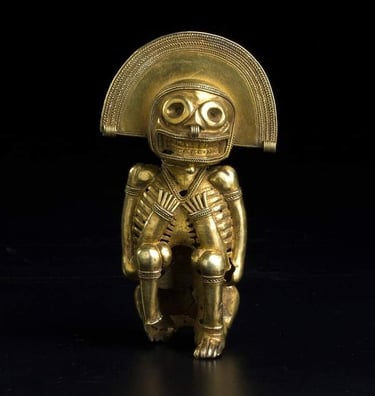

The Tairona civilization, one of the tribes of the Chibcha family, flourished in northern Colombia between 200 and 1600 AD. Like the Muisca of Cundinamarca, the Tairona were known for their expertise in craftsmanship and metallurgy, especially goldsmithing. They mainly occupied the region of the Sierra Nevada de Santa Marta, in present-day Magdalena, leaving abundant archaeological evidence of their lifestyle, which was surprisingly modern from the perspective of their relative isolation from more developed civilizations.
The Tairona were as skilled in agriculture as they were in metallurgy. Archaeological finds, dating back to 200 AD, show that they had knowledge and skill in terrace cultivation, canal construction, and stone foundations. However, it is not for this that they became known, but for their exceptional warfare skills, which made them one of the most difficult tribes to colonize by the Spanish conquistadors who had been able to overthrow the Inca, Aztec, and Mayan empires without much effort. The Tairona ended up fighting the conquistadors for more than 75 years.
Not surprisingly, many Spaniards became admirers and wrote accounts of this mysterious and all-powerful tribe that resisted Western influence. Many chroniclers recorded the Tairona way of life, their trading systems, their religious beliefs, and their apparent lack of interest in the monetary value of precious metals. It is therefore not very surprising that the Tairona are believed to be related to the Muisca tribe, sharing the same system of power division and a belief in the spiritual significance of gold.
